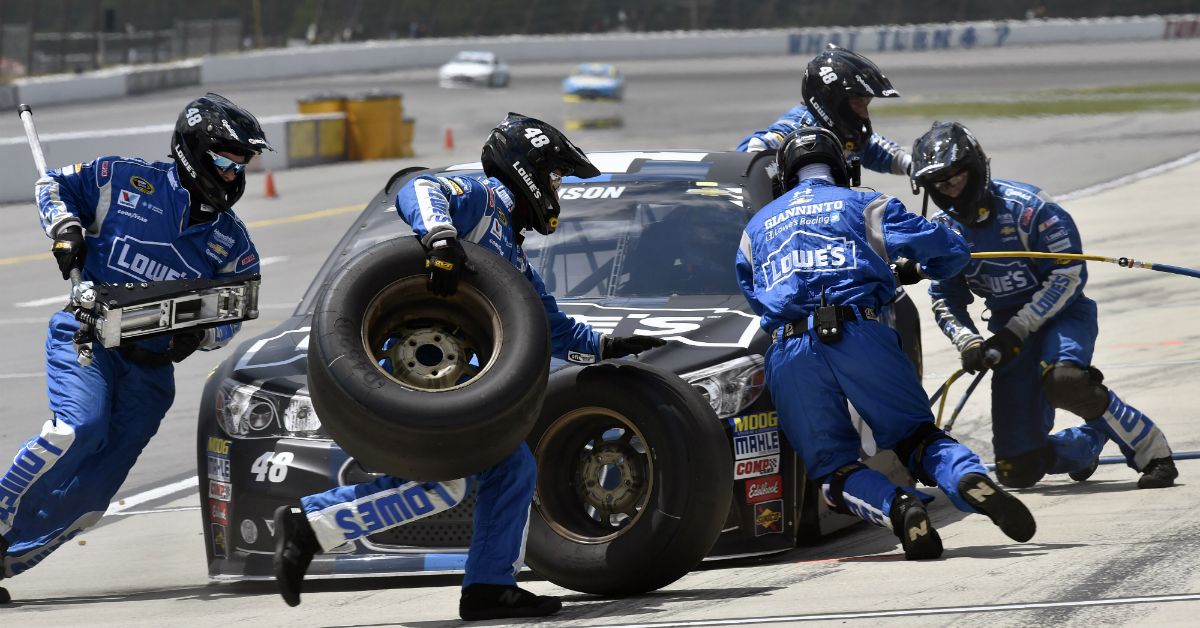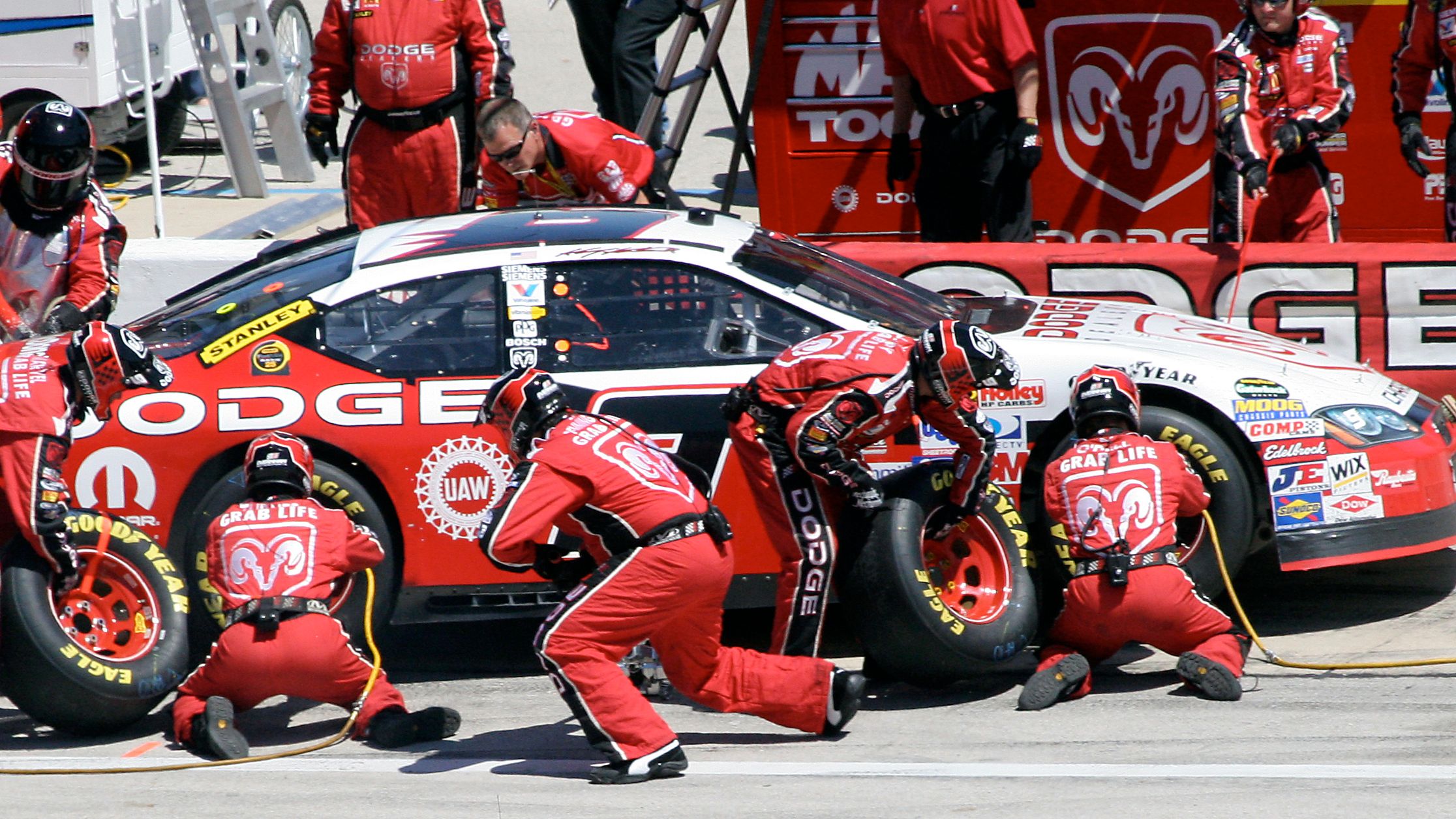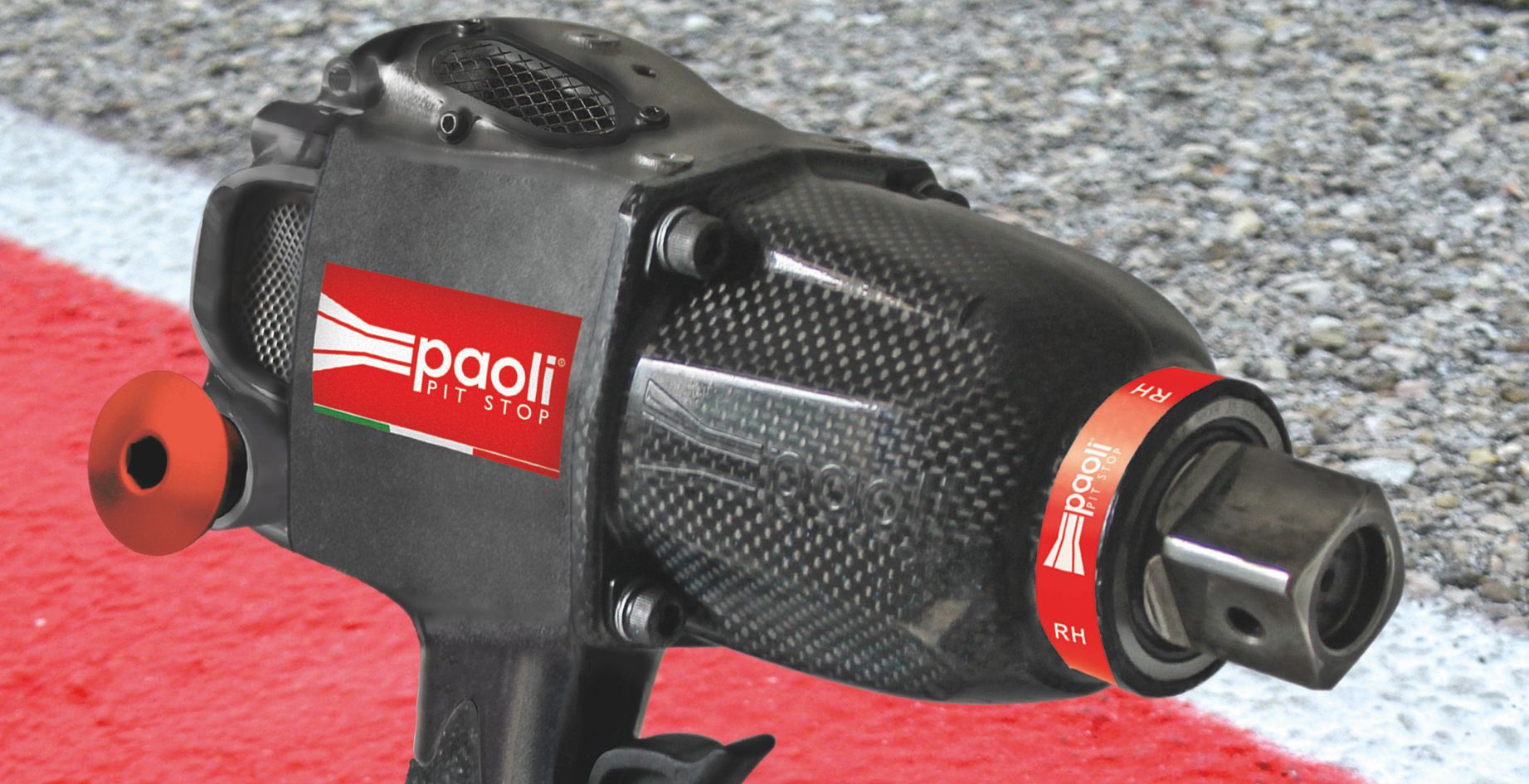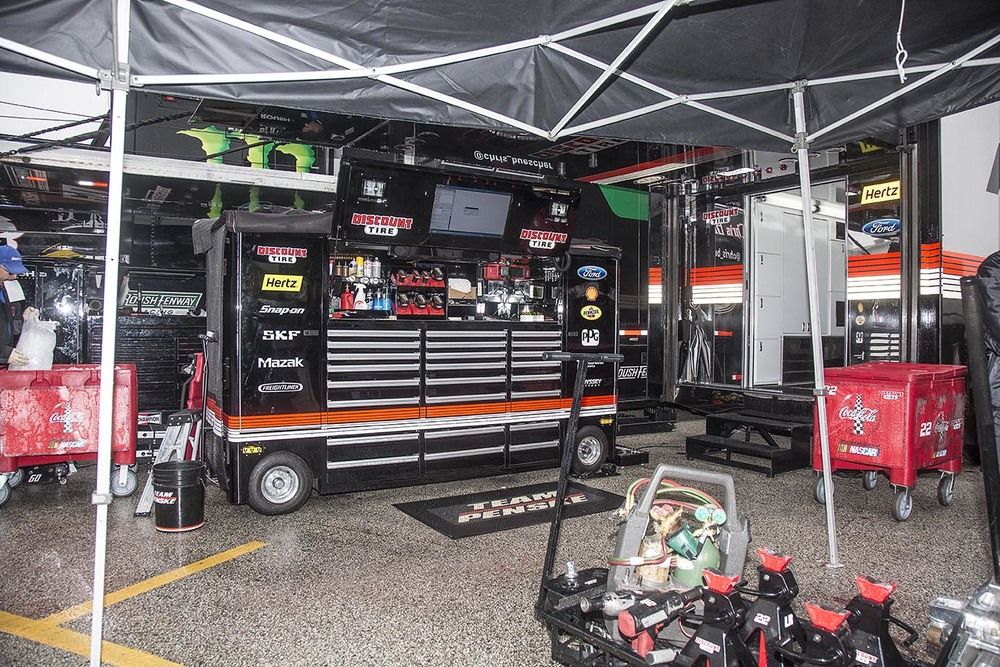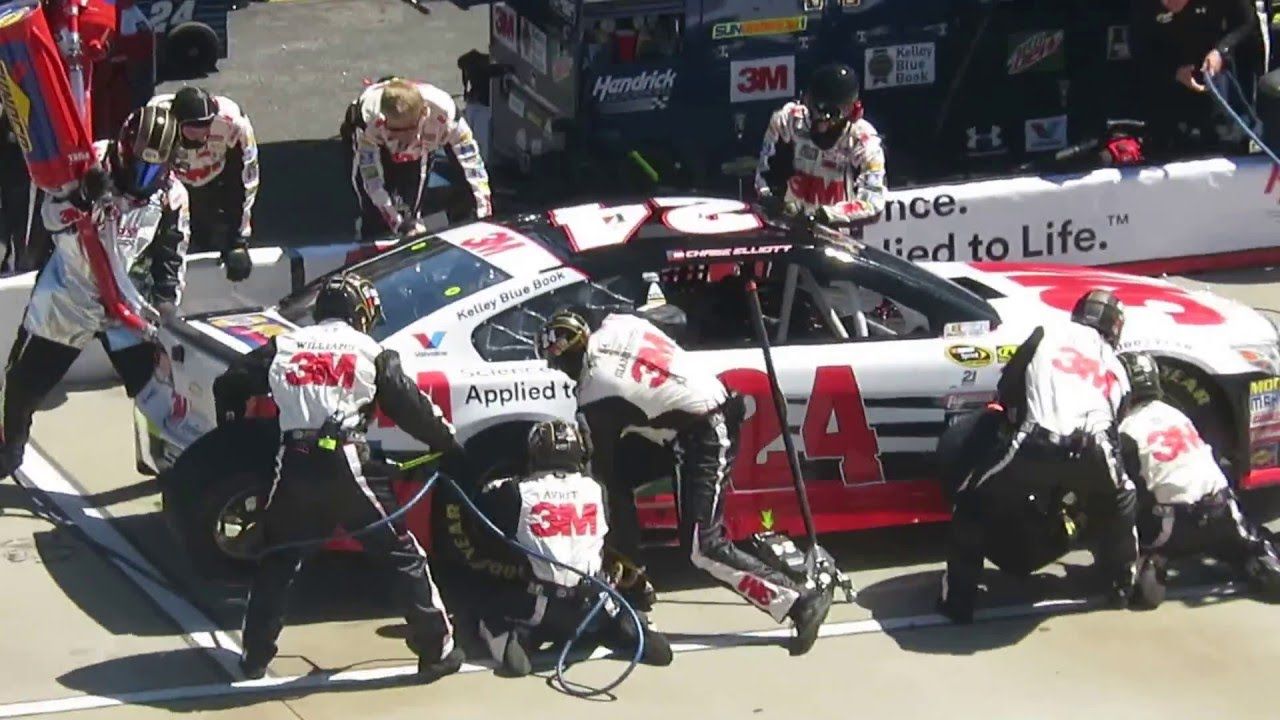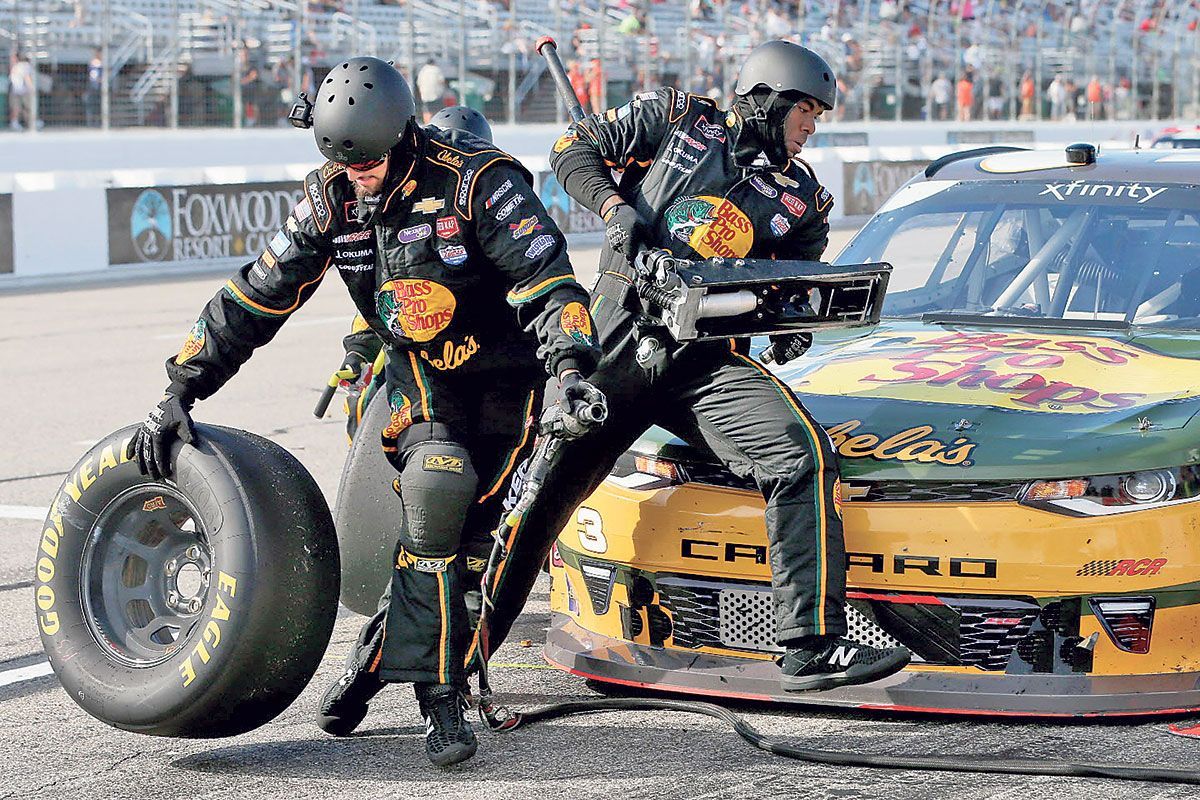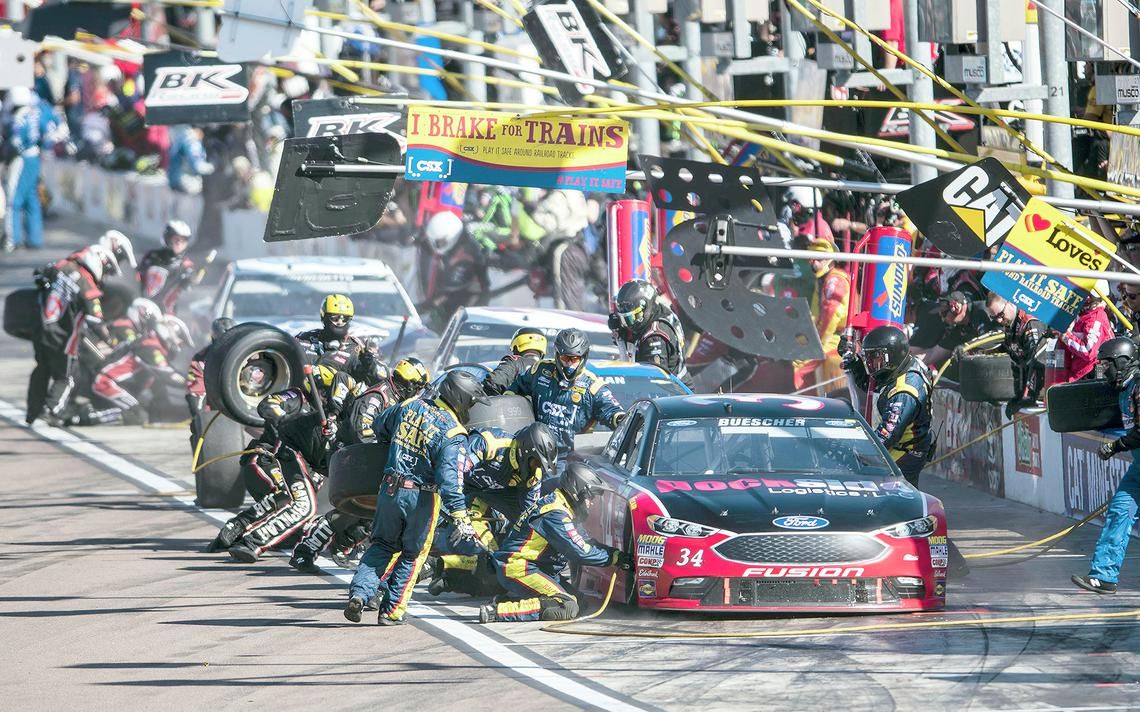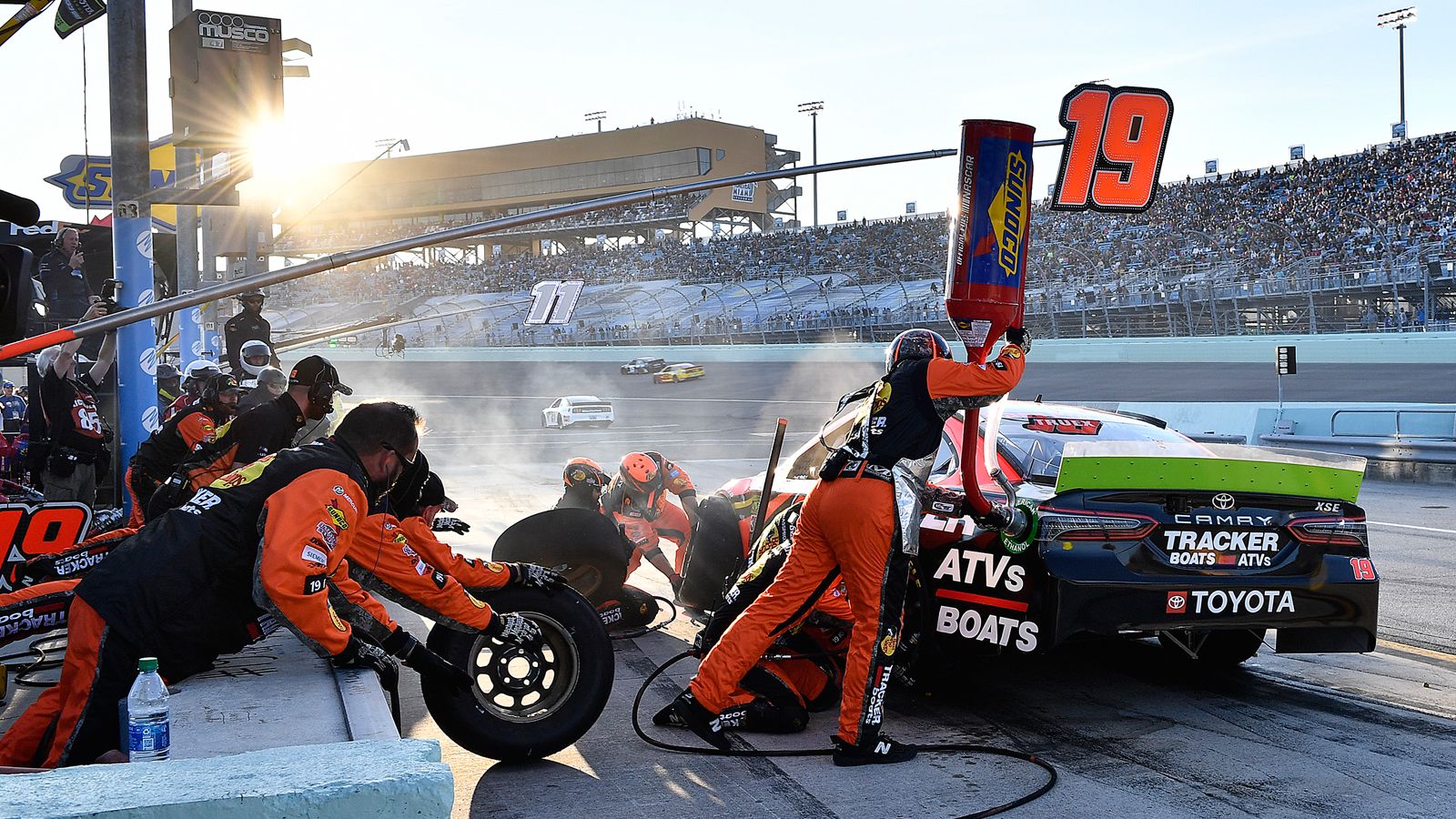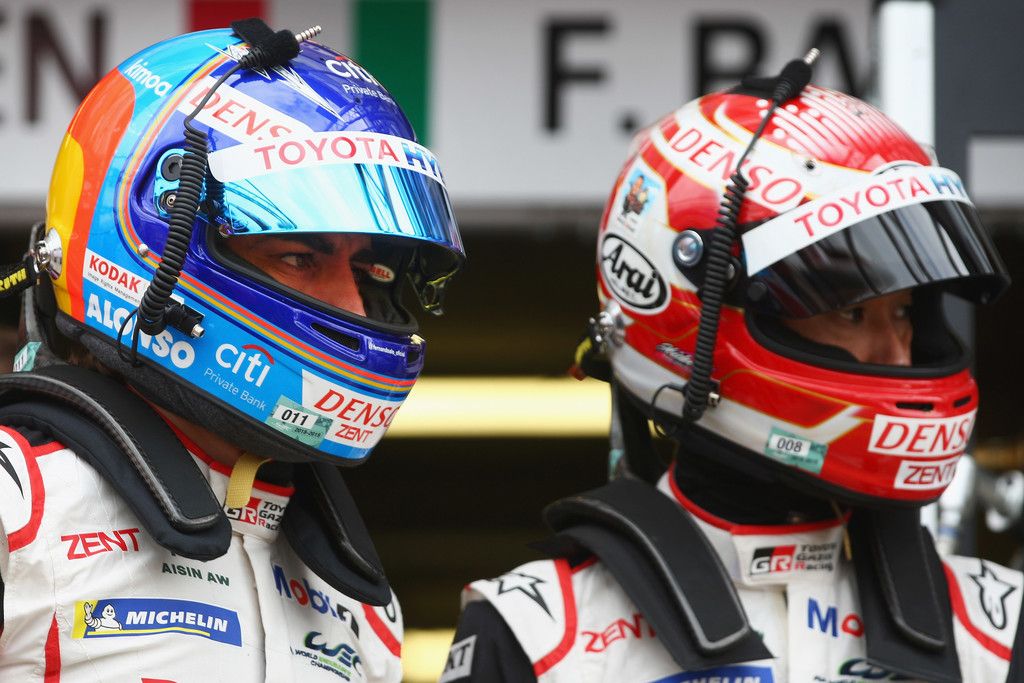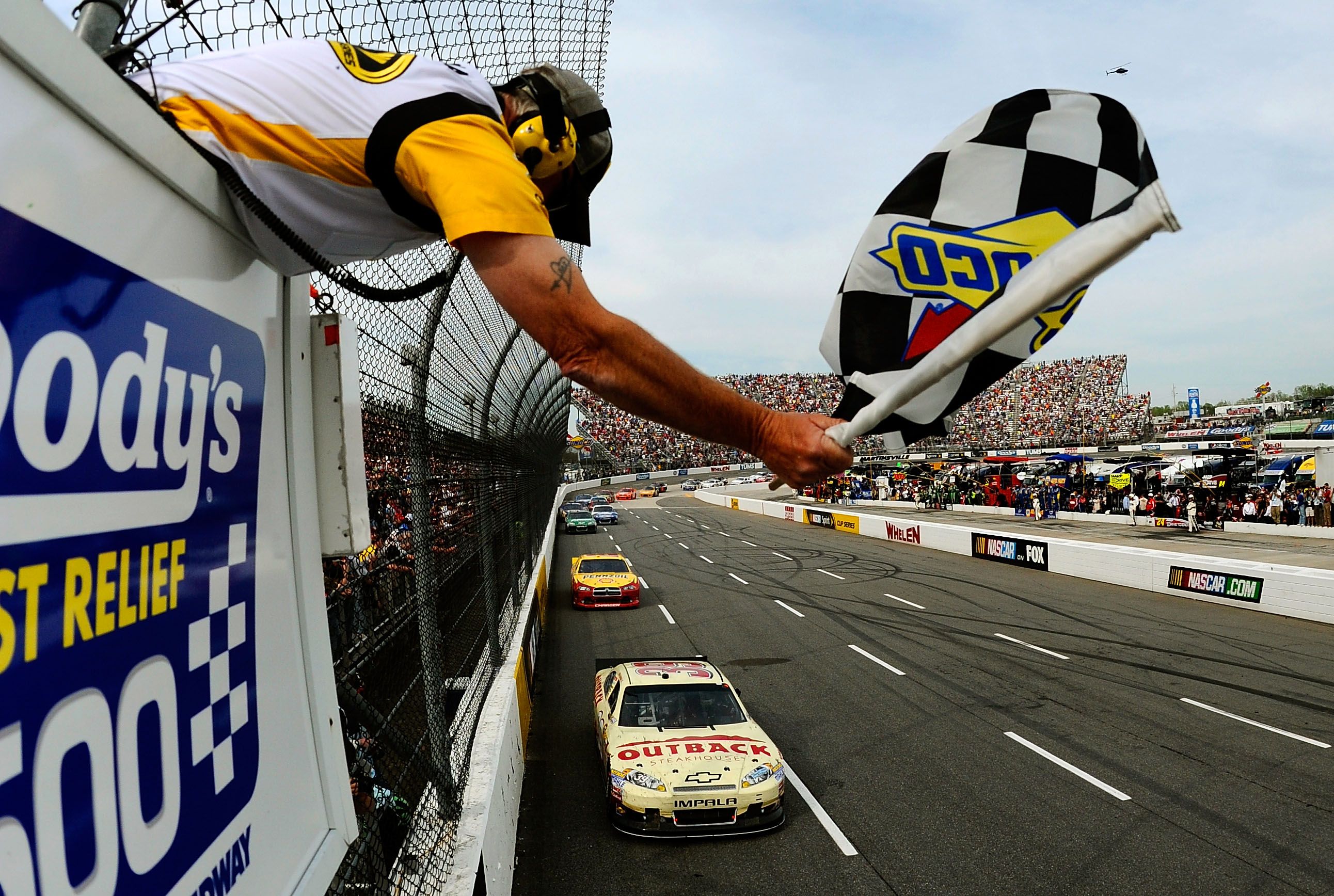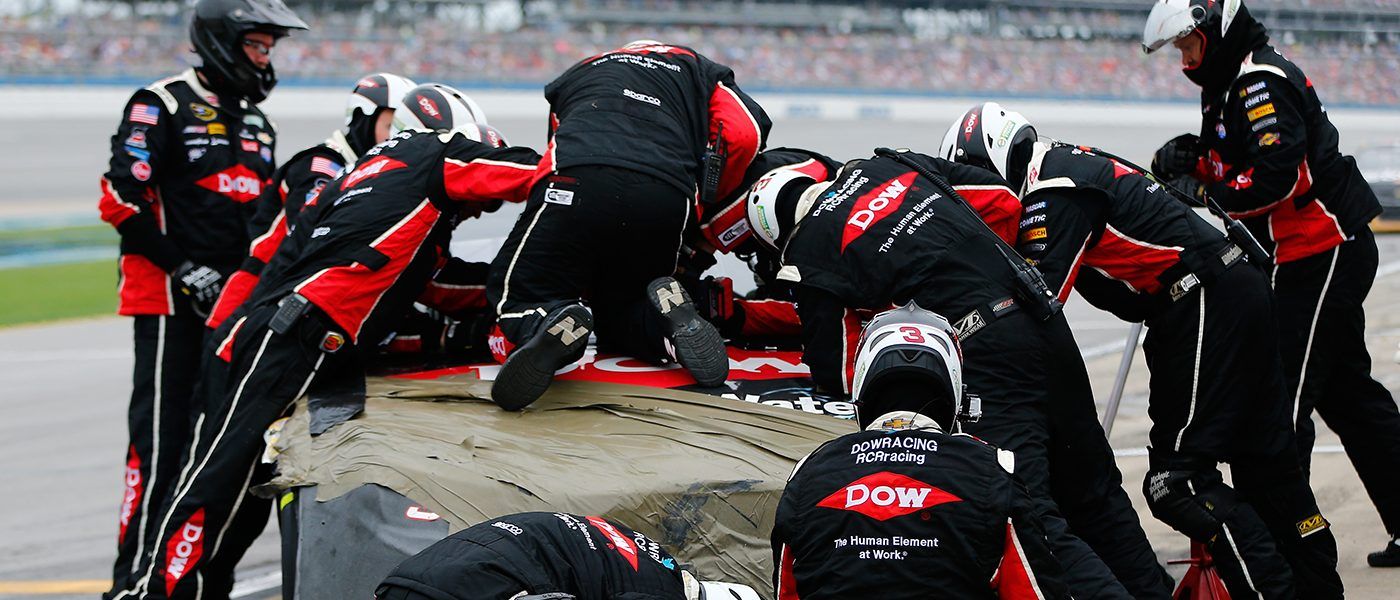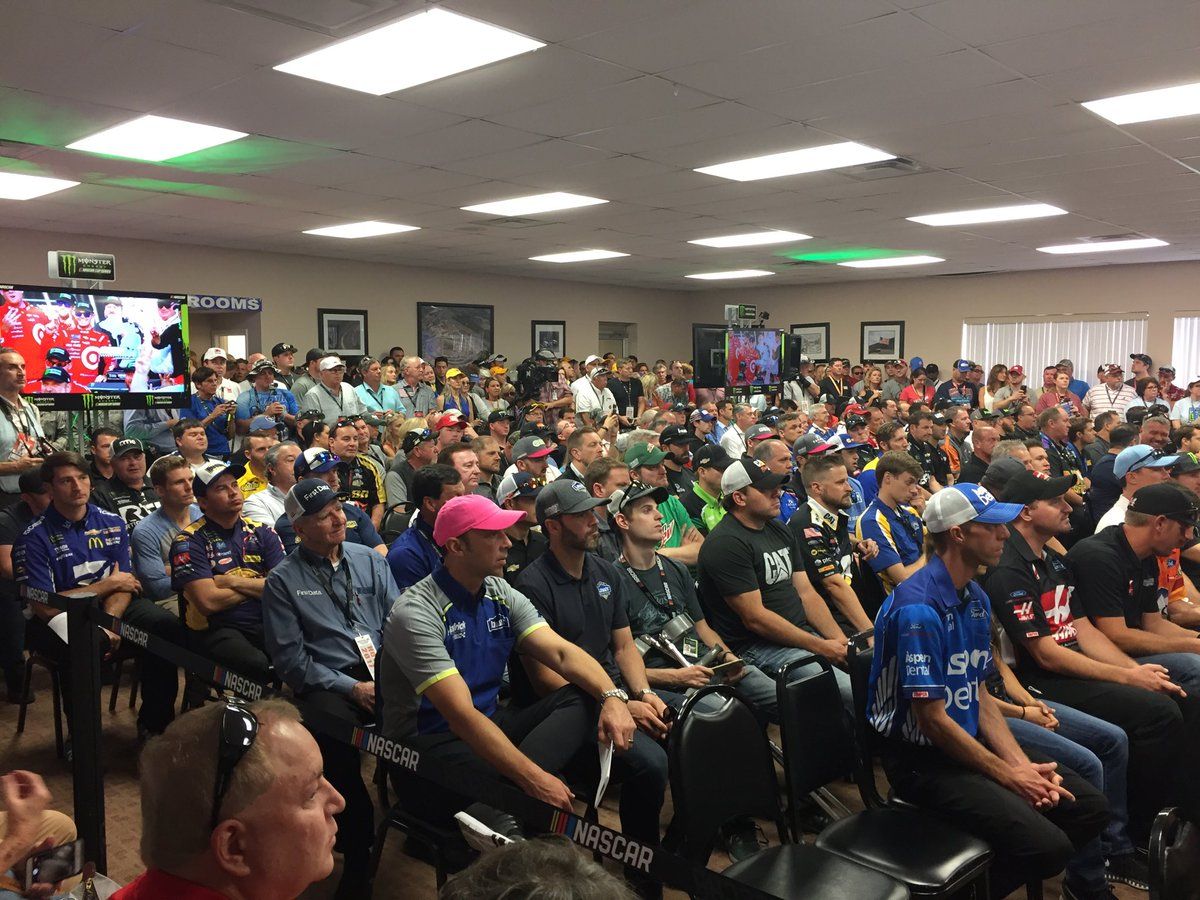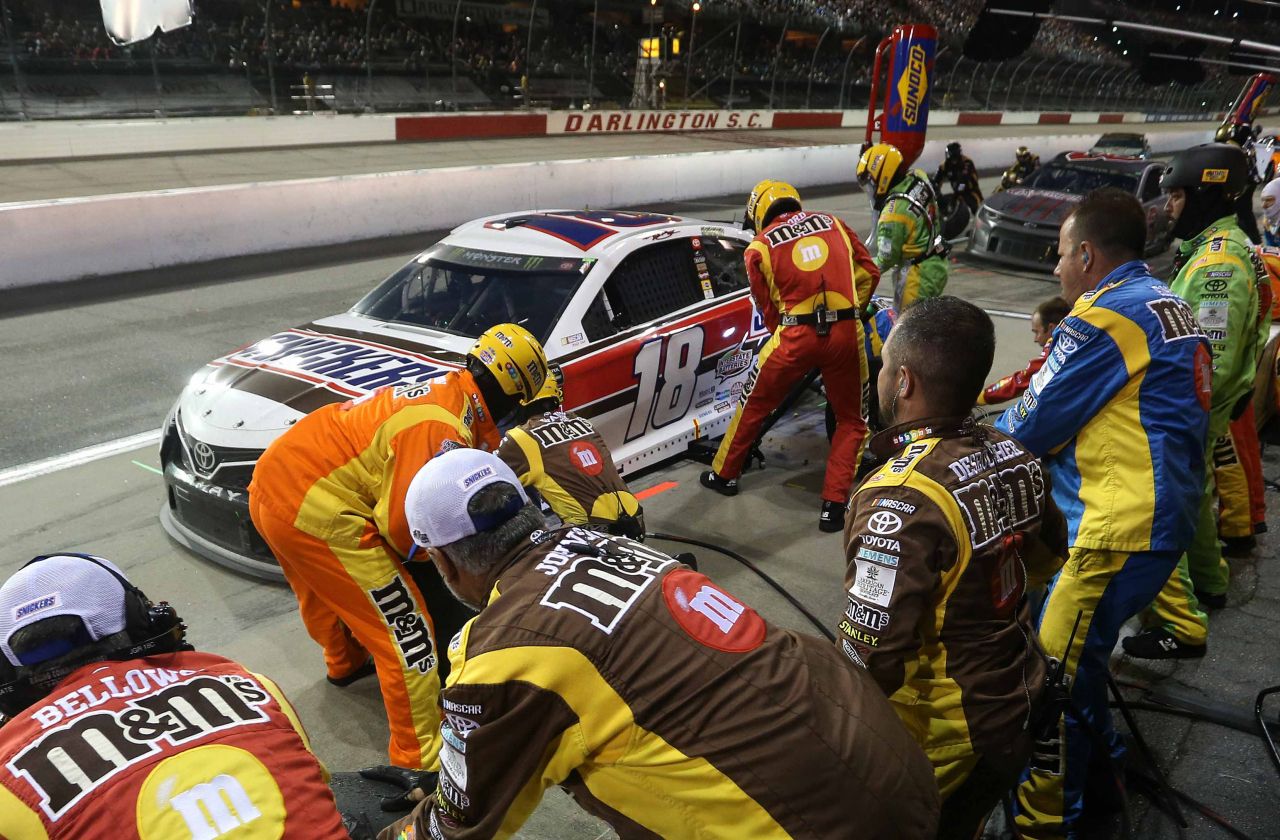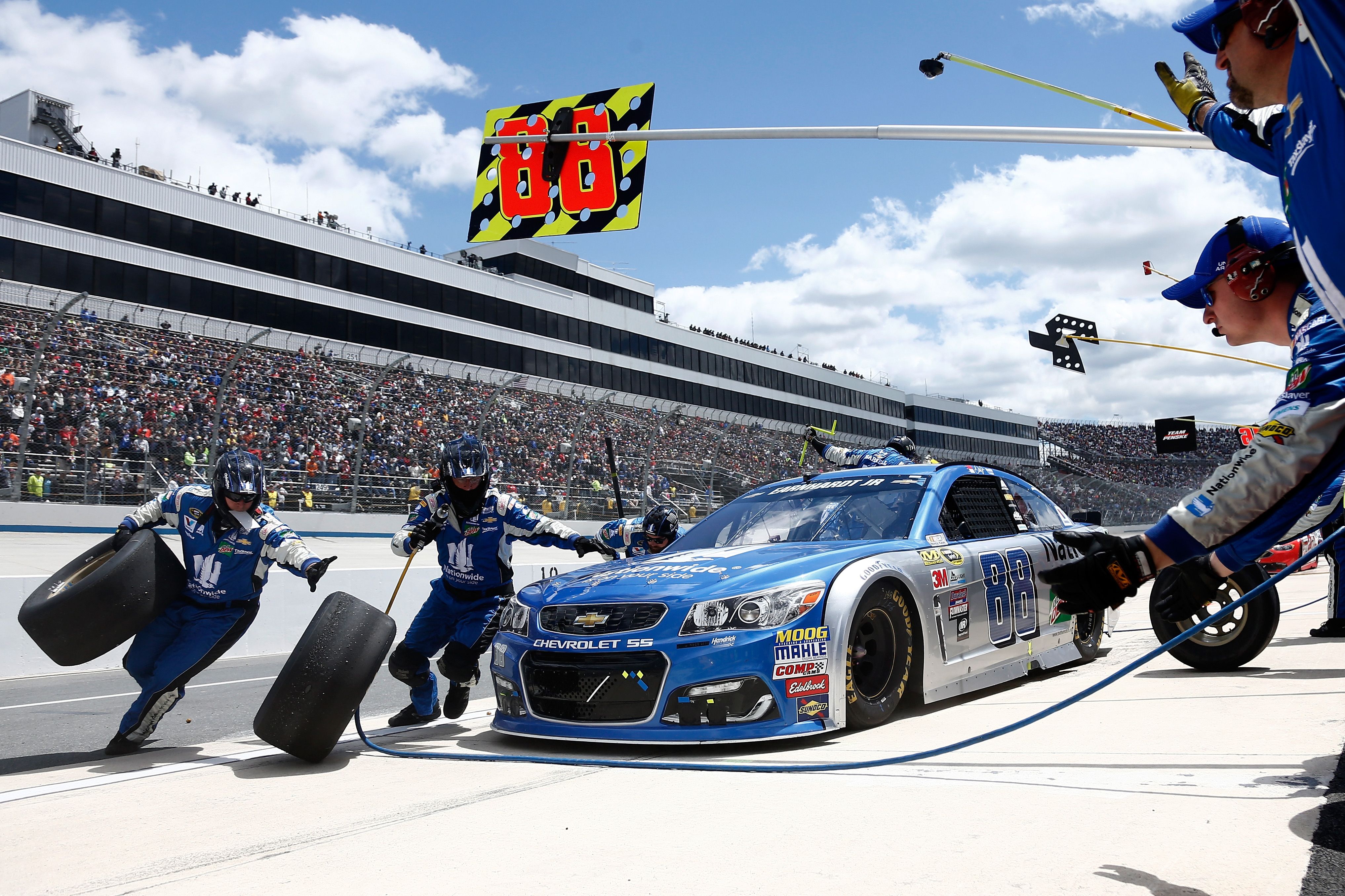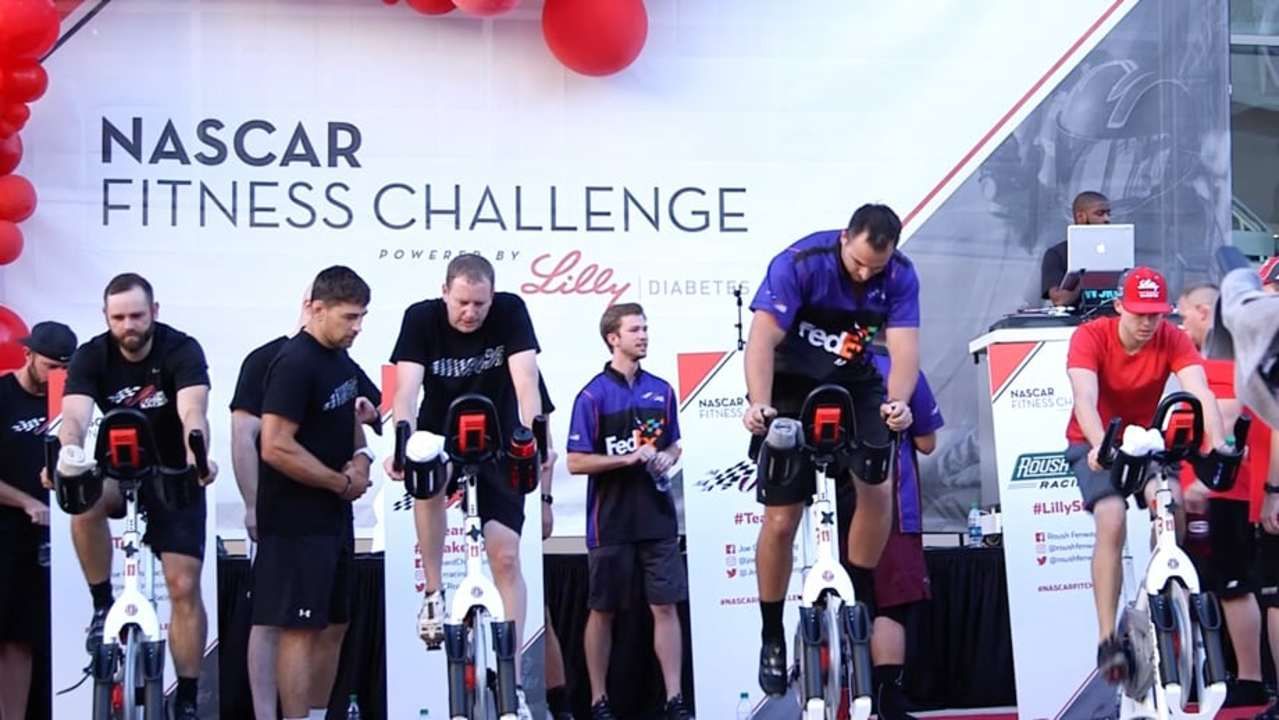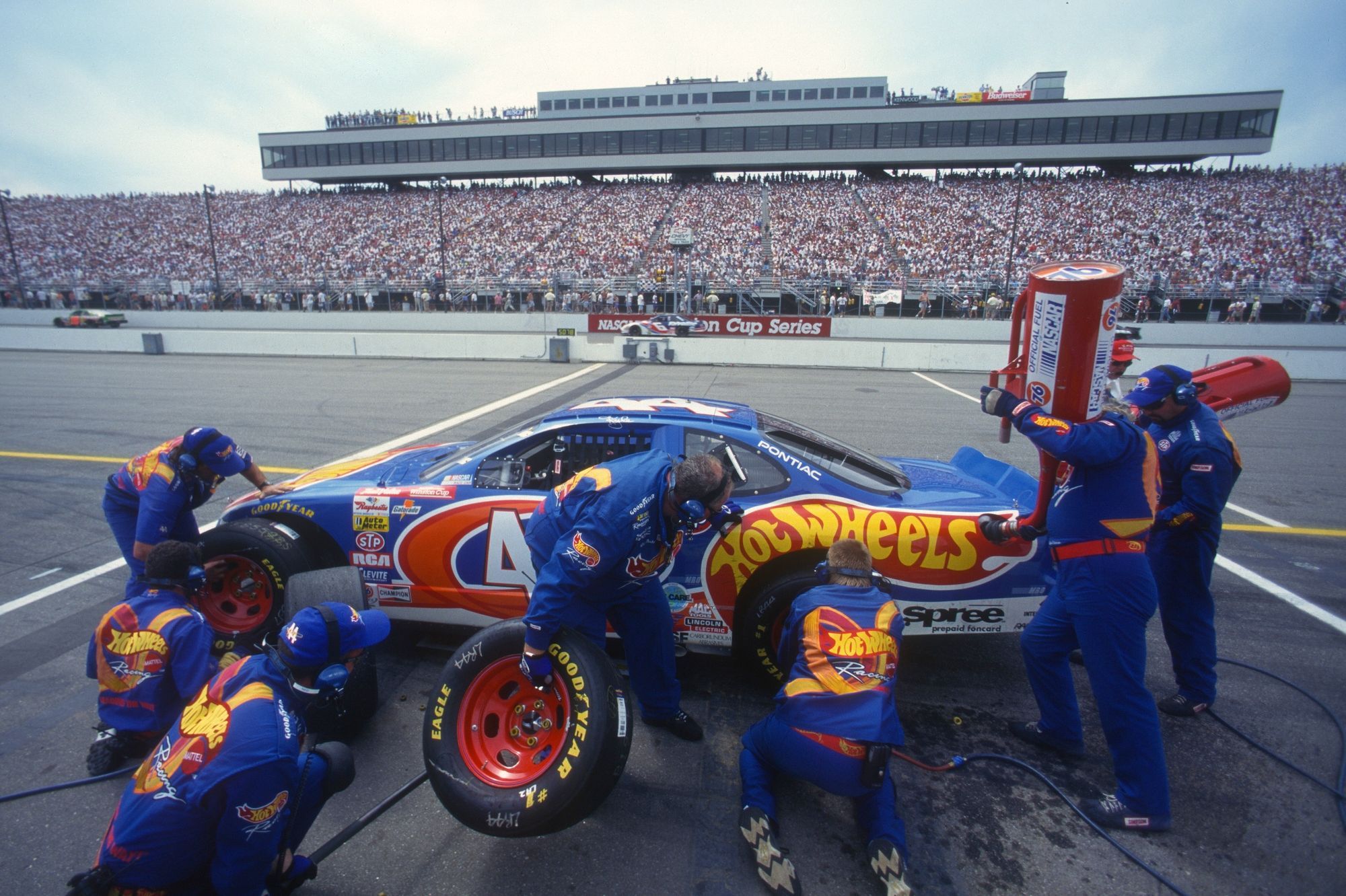In all workplaces, there is typically a Code of Conduct, or a set of rules, that all employees are expected to follow. This is especially important when it involves employee and bystander safety. The NASCAR circuit is a prime example. NASCAR has its own set of rules that every employee must follow. This includes the driver, pit crew, and the remainder of the crew making up the rest of the team. And of course, there are NASCAR rules that regulate the race cars themselves.
The rules cover many different areas. For example, some are safety-related, and others are aimed at keeping a level playing field for all competitors. And some are to protect the integrity of NASCAR.
Each year NASCAR officials review the current rules and make changes as necessary. This may be to increase safety, or to keep the competition as fair as possible eliminating any "loopholes". Or simply to update archaic rules which do not suit modern racing.
Read on for a sample list of 15 Rules Every NASCAR Employee Has To Follow.
15 No Street Clothes
All drivers, pit crews, and team members must wear proper branded racing suits, racing overalls, or uniforms. Racing suits are also fire retardant offering protection. People wearing the suits become walking billboards as sponsors advertising covers them, just like the race cars. The only people involved in the races that are allowed to wear street clothes are the sponsors themselves and television crews.
14 No Custom Tools
Any mechanic at a repair shop will have a preferred tool brand and have their own toolbox in their bay. NASCAR team members used to be the same... but not anymore. Custom tools were banned due to the tools being modified and possibly becoming unsafe. Now, all teams use the same NASCAR tools. This also levels the playing field between competitor racers.
13 All Tools Remain At The Track
All team's tools must remain at the track at all times according to NASCAR rules. This rule is to deter any secret modification of the tools, possibly achieving an advantage over other teams. It is also a safety concern if a modification results in the tool malfunctioning.
12 No Car Repairs Outside Pit Box
All pit crews must wait until the race car is fully in the pit box before starting any work. Shaving just a few seconds off of a pit stop can put the team at a huge advantage to getting back out on the track first. So, this rule keeps a more level playing field for all race teams.
11 Tires Stay Within Arm's Reach
This rule referred to tires staying within the tire changers' arms reach. This was vague because it wasn't a standard measurement as every individual has different length arms. This rule was reworded in 2019. It now refers to an uncontrolled tire not being allowed to roll into a competitor's pit box or onto the race track. If this occurs, penalties are awarded.
10 No Blocking Other Cars
The no-blocking rules for drivers carry over into the pit and the pit crews. The pit crew members are not allowed to "block" another team's car preventing it from making its way through the pit area... not sure why a pit crew member would risk injury, or worse, over a few seconds advantage. The rule has a dual purpose in safety and time advantage.
9 No Watching Live Race By Crew
Pit crews are expected to be prepared and ready to jump into action at a moment's notice. All equipment and tools must be kept maintained and ready to use throughout the race. As soon as they are needed, and it is safe, they hop over the wall and get their job done in the quickest time possible. For this reason, they are not allowed to watch the live race.
8 Helmets Worn By Everyone
Along with fire suits, helmets are one of the most important pieces of safety equipment. This applies to drivers and all pit crew members. Since 2015, the pace car driver, officials working in the pit, and NASCAR spotters are all required to wear helmets as well.
7 No Flag Waving
The drivers in the race cars look to the flag tower for information given through what flag is being held out or waved. If flags are waved in other areas of the track, it could cause unneeded confusion, and possibly affect safety. To prevent this from happening, pit crews nor team members are allowed to wave any flags.
6 Replacing Bodywork Not Allowed
In NASCAR, if damaged bodywork needs replacing, the car must leave the pit area, and be re-inspected. Once a car leaves the pit area, it is not allowed to return to the race. Teams are allowed to conduct a repair to bodywork in the pits with one stipulation - a five-minute time limit. If they take longer than the five minutes, the car is not allowed to return to the race.
5 Driver's Meeting Mandatory
Driver's meetings are held to brief everyone on the rules and important information on what is going on at the track and with their race. With races rotating between different tracks, drivers and their teams need to be kept up to date on any rule changes. If a meeting is missed, the driver is typically issued a penalty.
4 Account For Team Members
The Crew Chief is responsible for keeping track, or a headcount, of each crew member in the pit area. Even more important, when crew members need to go over the wall to work on the car in the pit box. It is the Crew Chiefs call if an extra crew member is needed to get the car back on the track even quicker.
3 Right Side Tires First
This is a rule that evolved over time. Through trial and error, teams discovered that they shaved off time spent in the pit box when tires on the right side were changed first. This lets out the pit crew on the left side of the car, closer to the wall, and allowed the car to leave sooner. NASCAR saw this as a safety bonus and made it a rule.
2 No Skipping Training
NASCAR racing is a physically and mentally demanding sport. It is essential that the entire crew be in top physical form to quickly and efficiently complete tasks during the race. Insufficient physical training can result in slowing down the pit crew and injuries. Many racing teams have training staff working with the pit crew to keep them in top condition.
1 Only Driver And Pit Crew Touch The Car
Once a race has started, only the driver and the pit crew are allowed to touch the race car during pit stops. This is to try to eliminate the chance of another team member, like a mechanic, to sneak in making an adjustment that may give the car and driver an advantage over the competitors.

